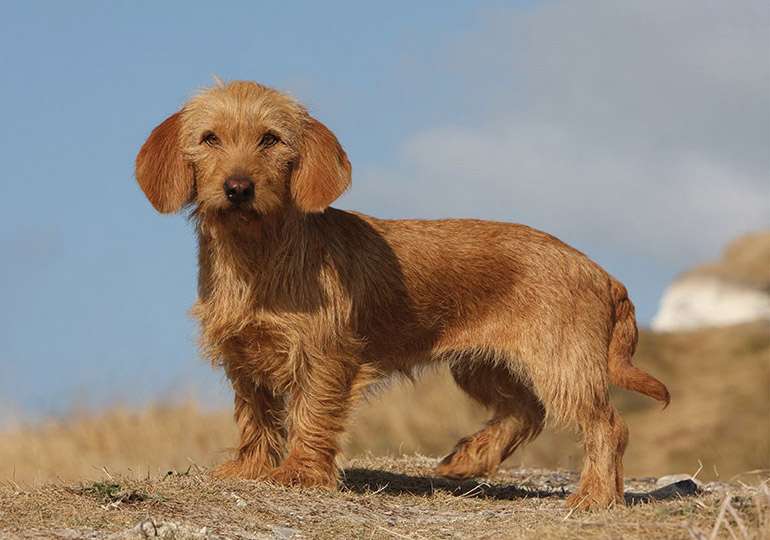
Description
The medium-sized treeing walker coonhound is a native of the United States hound dog breed with long, floppy ears and a short, low-maintenance coat. When given ample daily exercise, this hound dog typically becomes a devoted and affectionate friend who may be rather laid-back indoors.
Origin/History
The English foxhounds mixed with other hound dogs are the ancestors of the treeing walker coonhound. The breed started to develop in the United States in the middle of the 1800s, when it truly began to take shape.
The ability to quickly track a scent when hunting and their strong work ethic made these canines highly sought-after. They would wait for the hunters to show up while keeping their prey, which was frequently a raccoon, in a tree and calling to them with their loud voices.
Up until 1945, the dog was categorized as an English coonhound. The United Kennel Club officially recognized it as a separate breed at that time. In 2012, the American Kennel Club will do the same.
Temperament
Generally speaking, the treeing walker coonhound has a very amiable and kind disposition. It enjoys the company of people, especially children, and it typically gets along with other dogs. Its high degree of vigour and prey drive, which can make it rather noisy at times, are further characteristics of its temperament.

Care
These canines have extraordinary strength, speed, and endurance for hunters. To keep them mentally and physically challenged, they require a lot of activity every day. To be polite dogs, they must also be trained and socialized from a young age. Fortunately, their short coat requires little maintenance.
Exercise
As they want to exercise with their owners, these dogs are best suited for athletic owners. Give them a minimum of one to two hours of exercise each day. If they don’t exercise enough, they may engage in problematic behaviors like being too talkative or destructive.
Along with an energetic game of fetch, running and hiking are great activities to do with your coonhound. Dog activities like tracking and agility can assist to mentally and physically challenge your dog.
Be aware that when given the chance, these hounds will leave rapidly in search of a scent. Therefore, when you’re outside, you must either keep them always on a leash or let them run free in a safe area surrounded by a high fence. They can be experts at scaling fences because they may chase prey into trees.
Grooming
The hound’s short coat repels dirt well and sheds in a moderate amount. To get rid of loose fur, brush once a week. Seasonal shedding may increase, at which point you should brush your pet a few times a week to remove any loose fur.
Depending on how dirty your dog gets, only infrequent baths are required. Between bathing, cleaning your dog with a moist towel might help keep it clean. About once a month, examine your dog’s nails to see whether they require trimming. And strive to regularly brush its teeth.
Furthermore, considerable care must be taken to maintain the health of these dogs’ long, floppy ears. At least once a week, examine the ears for extra wax, debris, redness, and other anomalies. Ticks can hide in and around the ears, so examine them after being outside in nature.
Training
These dogs frequently do exceptionally well throughout training. Though intelligent and willing to please, they occasionally exhibit strong-wildness and stubbornness. However, they take to constructive training techniques effectively. To avoid the formation of harmful habits, it’s crucial to be consistent with your directives.
Begin socialization and training as early as possible. When your dog reaches the required age, enroll it in a puppy obedience class where you can introduce it to a variety of people, dogs, and circumstances.
Due to its high prey drive, this breed sometimes struggles with domestic small animals like cats that it can mistake for prey. However, they can coexist peacefully if given proper training and exposure while young.
Diet and Nutrition
Give your dog fresh water at all times. And feed your dog a high-quality, nutritionally-balanced meal. Most owners give their animals two metered meals a day. However, you should go over the type and amount of food with your veterinarian because they can differ based on the animal’s age, activity level, and other considerations. To prevent your dog from overeating, be careful while giving treats and giving your dog extra food.
Table





